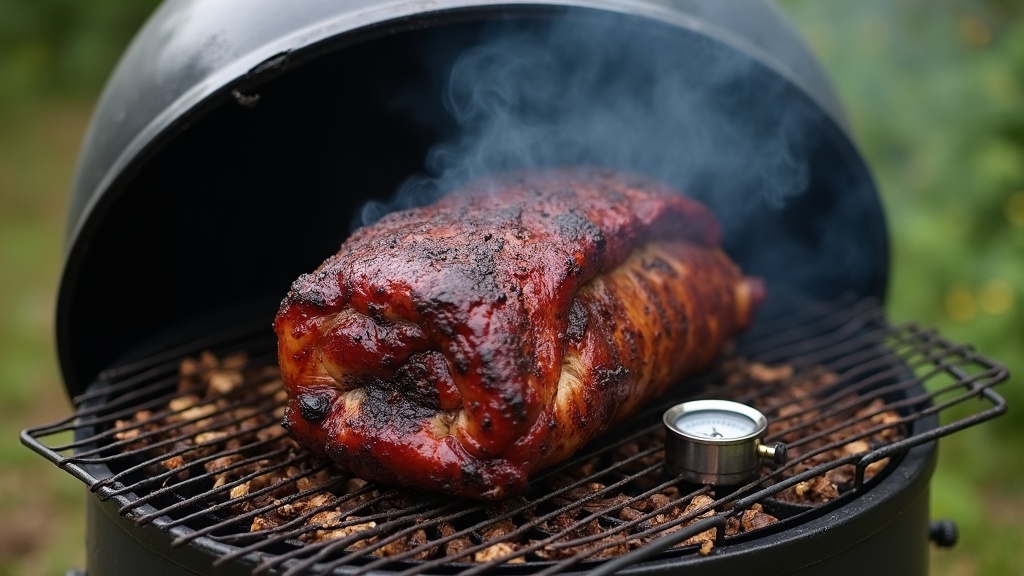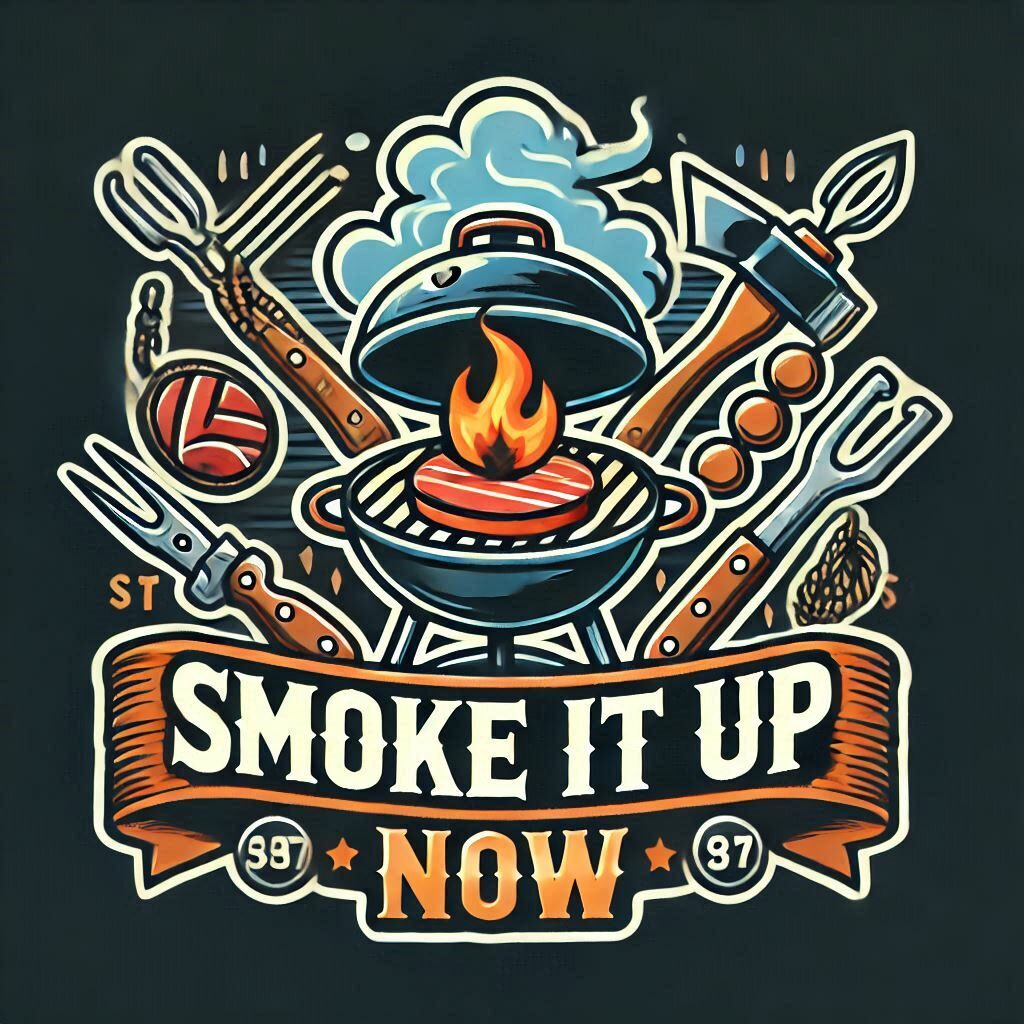If you’re into barbecue or just getting started with smoking meats, you may have come across something called the 40-140-4 rule. This guideline is super useful for keeping food safe and helping you cook tasty, juicy smoked meat. Here, I’ll break down exactly what the 40-140-4 rule means, why it matters, and how to use it in your own backyard smoking sessions.

What Is the 40-140-4 Rule for Smoking?
The 40-140-4 rule is a food safety guideline used in the world of low and slow barbecue. The numbers stand for the critical zone and time when bacteria multiply the fastest: you want your meat to go from 40°F (4°C) to 140°F (60°C) in under 4 hours. If it takes longer, you might end up with some food safety problems, like dangerous bacteria growing inside your delicious brisket or pork shoulder.
This rule isn’t one of those random tricks you see online. Food scientists and barbecue experts use it because certain bacteria thrive between 40°F and 140°F. When you leave meat in that temperature range for too long, the risk of illness jumps up.
Why the 40-140-4 Rule Matters
Understanding why this rule matters can really change how you smoke meat. In that 40-140°F range, common foodborne bacteria like Salmonella and E. coli love to multiply. If your food spends too long in that zone, smoke flavor isn’t the only thing you might be adding. Fast-moving bacteria can multiply to unsafe levels, even if you cook the meat to a safe final temperature later.
If you’re aiming for a perfectly smoked brisket or chicken, keeping things safe lets everyone enjoy the meal without worry. Following the 40-140-4 rule is a tried and true way to make your barbecue both tasty and safe for family and friends.
A Closer Look at Each Number
- 40°F: This is refrigerator temperature. Any lower, and food is basically in storage mode, bacteria grow very slowly.
- 140°F: This is the lower end of the food-safe zone. Most bacteria die or stop multiplying quickly once meat hits this temp.
- The 4-Hour Limit: This is the key part. Four hours is the maximum window you should allow for food to pass through that danger zone.
Where the 40-140-4 Rule Comes From
This rule isn’t just a barbecue tradition; it has backing from food safety agencies like the USDA and FDA (USDA resource here). They suggest that any perishable food, especially thick cuts of meat, should not stay between 40°F and 140°F for more than four hours total.
The science behind this guideline comes from research on how microbes behave in different temperature ranges. Between 40°F and 140°F, bacteria like Clostridium perfringens and Staphylococcus aureus reproduce quickly, sometimes doubling in number every 20 minutes. So, even though low and slow barbecue is about patience, this is one area where you don’t want to go too slow.
Why Smoking Meat Is Different
In regular cooking (like grilling), food passes through that danger zone pretty fast. But with low and slow smoking, especially with big cuts like pork butt or brisket, it’s easy for the thickest part of the meat to take a while to climb in temperature. That’s why the 40-140-4 rule is so important for smokers and slow cookers.
For example, if you put a giant, cold brisket directly from the fridge into a 200°F smoker, it might take more than 4 hours for the center to hit 140°F. That’s when you run into trouble, especially in thick roasts, turkeys, and bone in pieces.
Practical Steps for Following the 40-140-4 Rule
- Preheat Your Smoker: Have your smoker fully up to temp before adding meat. This avoids unnecessary time in the danger zone.
- Monitor Internal Temperature: Use a meat thermometer with a probe you can leave in the thickest part of the meat. Don’t just rely on smoker temperature, it’s the inside of the meat that counts.
- Don’t Overfill Your Smoker: Shoving a lot of cold meat in at once drops the smoker temperature and slows down heating.
- Start with Warm (Not Cold) Meat: Going straight from the fridge slows things down. Letting your meat rest at room temp for around 30-45 minutes gets a bit of a head start. Just don’t let it sit out too long.
- Crank Up the Heat Early (if needed): If you’re smoking a really big chunk of meat, you can start at a higher temp for the first hour or two, then bring it down for the rest of the cook. This is sometimes called the “hot start” method.
Common Scenarios: Where Problems Happen
Even with experience, it’s easy to run into situations where food sits in the danger zone too long. Here are a few common ones I see:
- Huge cuts of meat: A thick brisket or pork butt easily takes a while to heat up. It’s really important to keep an eye on temps so things progress fast enough.
- Smoking at too low a temp: Some folks try to go extra low, like 180°F, for more smoke flavor. But at that temp, the meat can linger too long below 140°F.
- Piling in the smoker: When you load up the smoker with a lot of cold food, or if you open the lid a bunch, the air temp inside drops, which slows down the heating process.
What Happens If You Break the 40-140-4 Rule?
If you realize your food has taken longer than 4 hours to go from 40°F to 140°F, it’s generally safest to toss it and try again. Bacteria can make toxins that don’t just get killed off at higher temps, even if you keep cooking. Food poisoning isn’t worth the risk.
Most of the time, checking your thermometer often and keeping notes on your cooks can help you spot issues before they become a problem. If something seems off, or if you’re not sure, going with caution is always the better choice.
Other Tips for Safe and Tasty Smoking
- Invest in a digital thermometer: Wireless or Bluetooth models are super handy, so you can keep tabs on temps without lifting the lid constantly.
- Know your smoker: Every model heats a bit differently, and weather can make a big difference. If it’s cold or windy, it may take longer to cook food safely.
- Try the “Texas Crutch”: Wrapping your meat in foil or butcher paper once it reaches about 150°F in the center can speed things up and keep meat juicy, which is great if you’re worried about the four-hour window.
Some Common Questions About the 40-140-4 Rule
Question: Does the 40-140-4 rule only apply to barbecue or all cooking?
Answer: It’s especially important for smoking and slow cooking, where meat spends more time below 140°F. Grilling or roasting usually heats food quickly enough that it’s not a big concern.
Question: What about smaller cuts of meat or fish?
Answer: Smaller cuts heat up quicker, so falling outside the rule isn’t common. I still keep an eye on temps with things like smoked salmon or chicken quarters, especially if it’s a big batch.
Question: How do I recover if things are going too slowly?
Answer: If the internal temp is not climbing as quickly as you want, you can boost the smoker temperature temporarily (say, up to 275°F) until you see it pass 140°F. After that, bring the temp back down for the rest of your cook. This keeps you within a safe timeframe and helps avoid dry meat.
Question: Is it ever okay to ignore the 4-hour rule?
Answer: The only exceptions are with cured meats (like ham or sausage, which have preservatives). For standard barbecue, it should be followed every time for safety.
Real-World Examples: What Pitmasters Do
Seasoned pitmasters don’t mess around with food safety, especially if they’re cooking for lots of people. Many pros use these tips to stay within the 40-140-4 rule:
- Start at a higher temperature, then drop the temp after a couple hours once the meat is “out of danger.”
- Use multiple thermometers to monitor different parts of large cuts of meat.
- Write down cooking times, temps, and outcomes to refine their technique.
I’ve noticed that after following this rule and keeping notes, my cooks are more consistent, and the end product is tastier and safer.
Why Safety and Flavor Go Hand in Hand
Sticking to the 40-140-4 rule doesn’t just protect you from foodborne illness, it helps deliver juicier, more flavorful barbecue. If you’re in a rush and crank up the temp too high, you’ll end up with dry, tough meat. But by balancing temperature with safety, you get that perfect combo of bark, smoke ring, and tenderness.
Getting to that sweet spot gets easier with some experience and a bit of patience. Many backyard pitmasters say that following basic guidelines like the 40-140-4 rule actually gives them more freedom to try new recipes since they aren’t worried about safety.
Getting Started with Smoking and the 40-140-4 Rule
If you’re gearing up for your first brisket, pork shoulder, or even whole chickens, the 40-140-4 rule should be one of your first lessons. You don’t need fancy equipment, just a reliable thermometer, some attention to timing, and a little knowhow.
- Double-check your smoker temp before starting
- Set a timer or alarm as soon as you add meat
- Take notes for next time, you’ll get the hang of it fast
By locking down the basics, you’ll feel more confident and end up serving food that’s both delicious and safe. As you gain more experience, you might stumble upon even more methods for making your barbecue next-level cool and impress your guests every time. Good luck and happy smoking!
